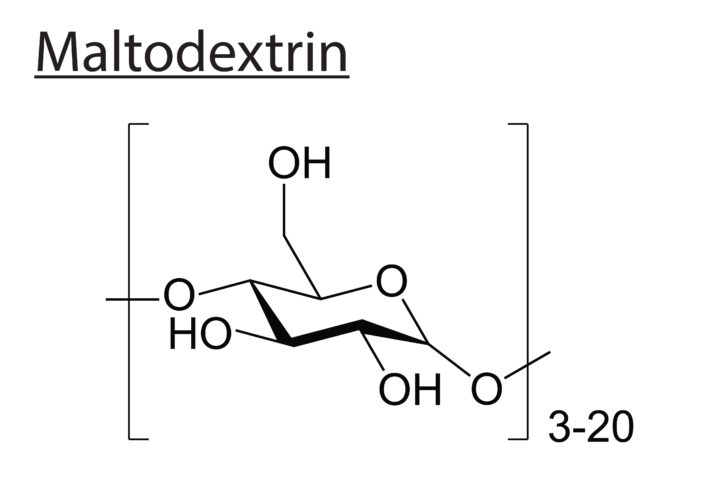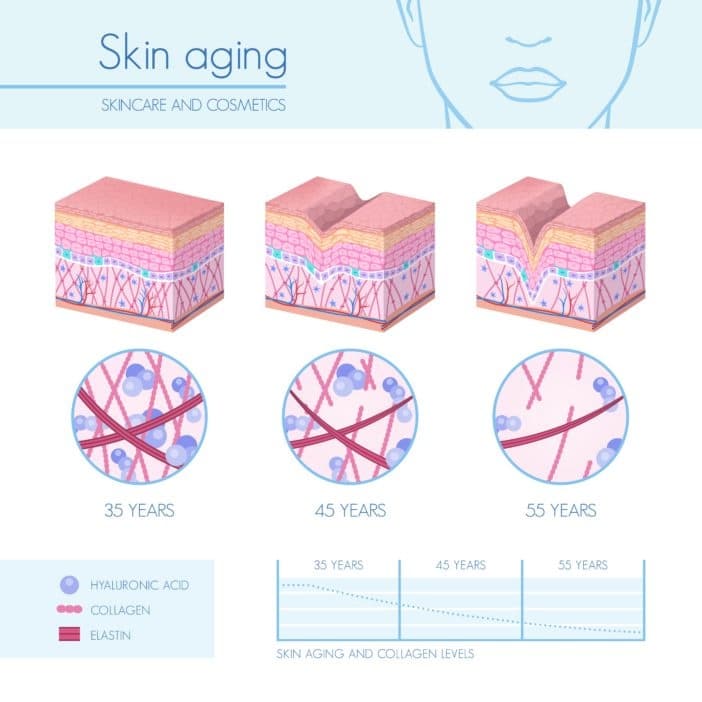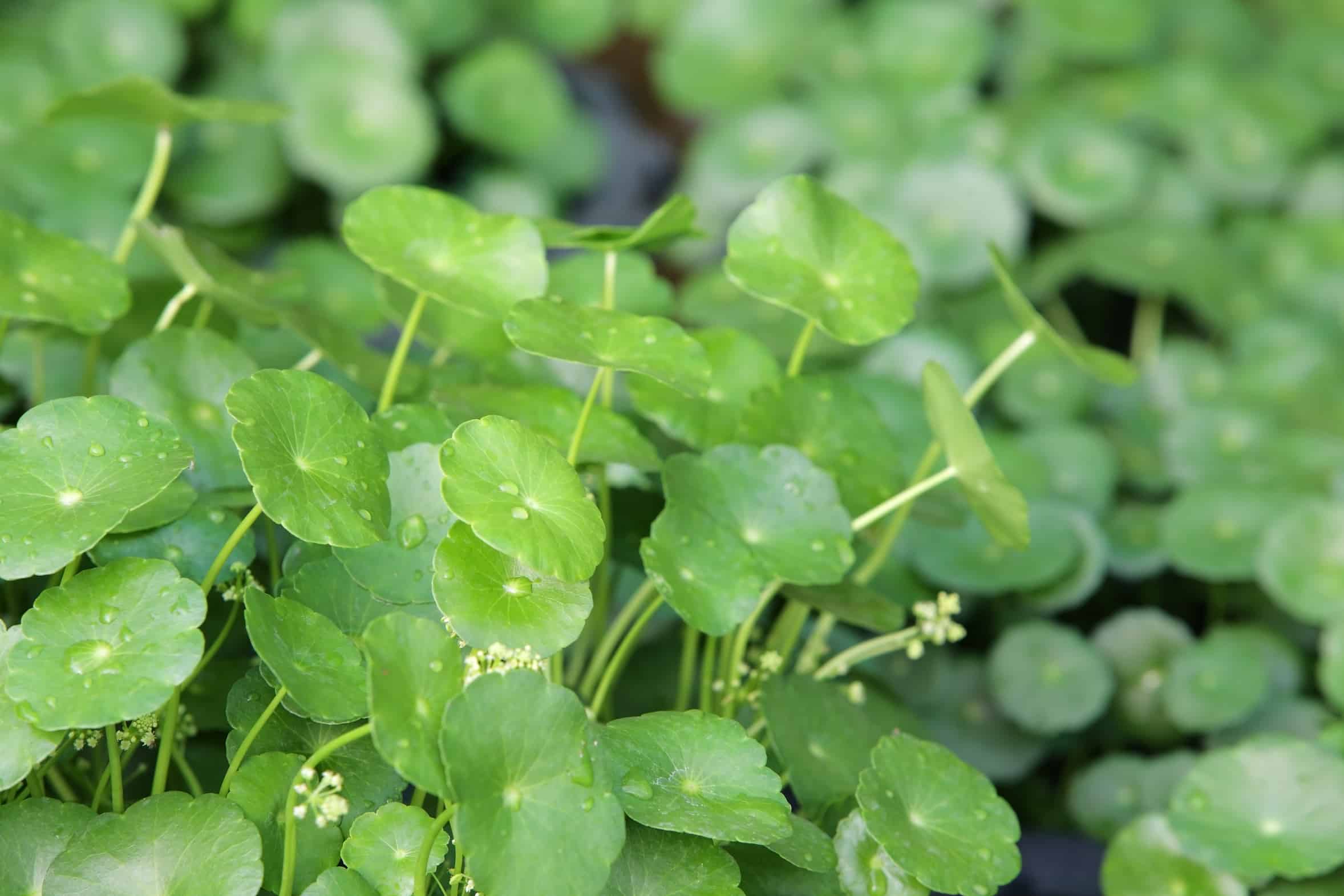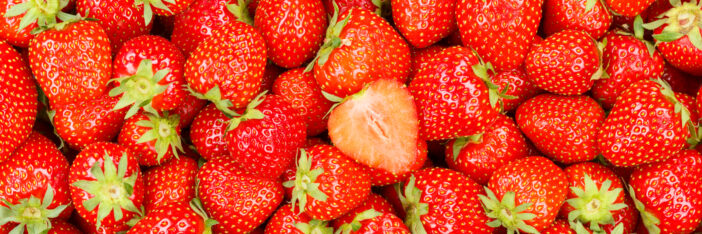Info and news from the world of cosmetics
Apigenin
The light-yellow plant pigment apigenin is very abundant in nature. It is found, for example, in chamomile, parsley, celery, yarrow, dahlias and kumquats. Chemically, it belongs to the group of flavonoids. The substance is said to have a wide range of medicinal uses and is also of great interest in…
read more →Maltodextrins in Cosmetics: A Sweet Additive with Mighty Benefits Maltodextrins, a mixture of polysaccharides derived from natural starch, has emerged as a versatile and useful ingredient in the cosmetics industry. This article delves into the world of maltodextrin in cosmetics, highlighting its wide range of applications – from moisturising skin…
read more →Proactive aging for the skin We cannot prevent the natural aging process; so it is actually not correct to speak of anti-aging. We can use our lifestyle and honest cosmetics to help ensure that the changes over the years are slower and better. Better Aging, Slow Aging, Well Aging, healthy…
read more →Centella Asiatica Extract, derived from the Centella Asiatica plant, is a celebrated ingredient in the cosmetic and wellness industry, revered for its extensive skin benefits. Here is a comprehensive look at this valuable extract. Introduction to Centella Asiatica Extract Centella asiatica, also known as Gotu Kola, is a perennial herbaceous…
read more →Strawberries not only taste delicious, they are also very healthy. They contain many good ingredients and even more vitamin C than citrus fruits. We snack on them on their own, process them into ice cream, preserves and cakes, and use them in summery drinks. However, what few strawberry lovers know…
read more →Unless you are studying biology, medicine or anatomy, you have probably never heard the term exosome. In fact, they were only discovered in 1983 in immature red blood cells. Although the scientific world was impressed by the discovery, there was initially no great interest in further research. It was only…
read more →The effect of the blue rose Research on the skin and scalp flora in relation to diseases such as atopic dermatitis, dandruff and alopecia areata is increasing. Our Japanese partner Tribeauté has developed an extract from the flowers of the blue rose as a cosmetic ingredient. This can be used…
read more →Washing our hair is actually a routine matter that we can do in our sleep, so to speak. We don’t think about it too much, we just apply our favourite shampoo to wet hair, massage it in briefly and rinse it off with plenty of clean water. Maybe we use…
read more →From 4 to 5 June 2025, CosmeticBusiness will once again take place in the Bavarian capital of Munich. The international B2B cosmetics trade fair brings together cosmetics companies with suppliers from all areas: from development, manufacturing and certification to packaging and marketing. We at Cosmacon will also be represented at…
read more →Whether you are on a beach holiday, surfing or snorkeling, waterproof sun protection is a must for these and similar activities. The products must adhere well and should not be easily rinsed off by sweat or water. After all, the water surface is not a real barrier to the sun’s…
read more →







